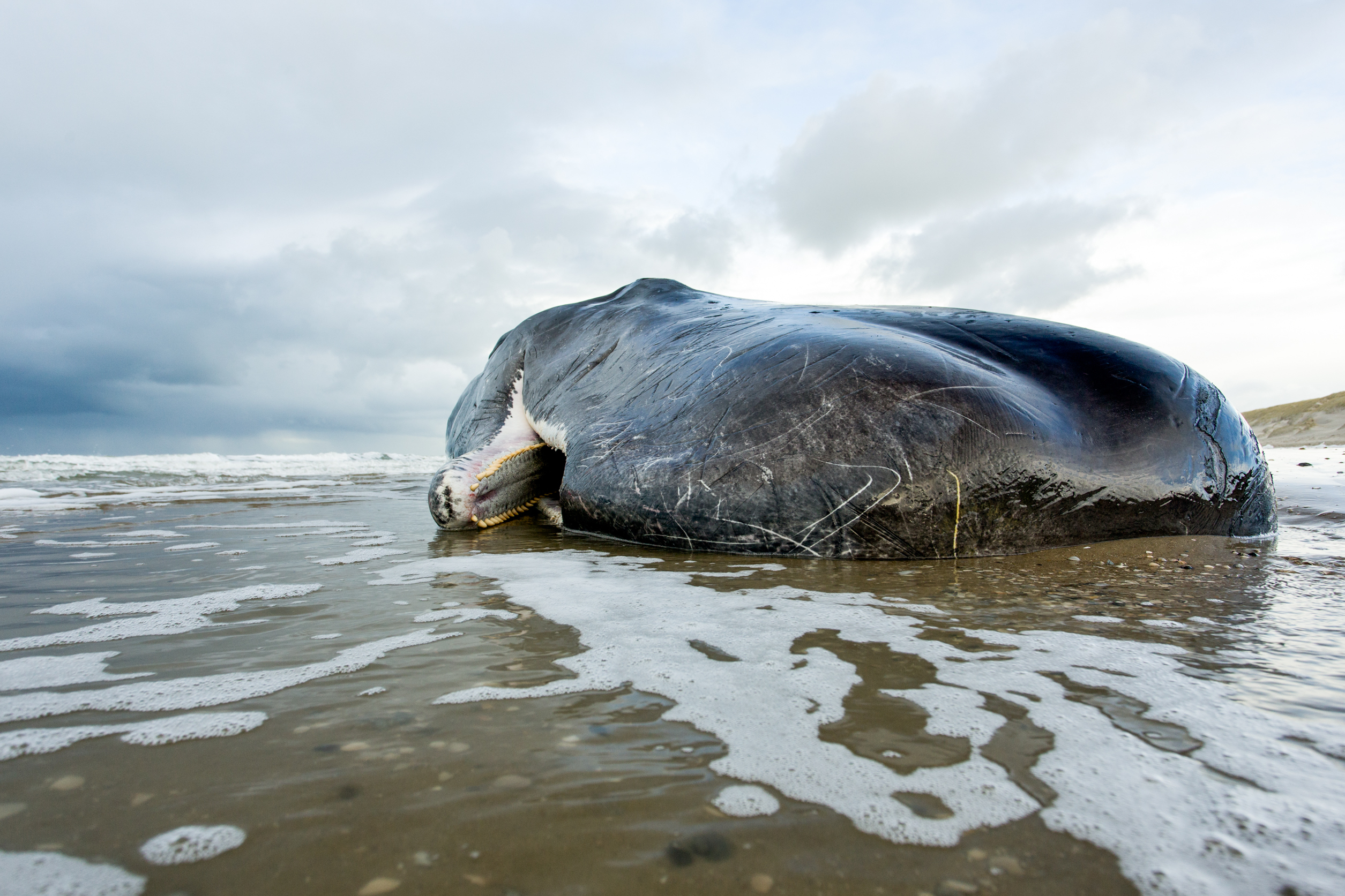
In some unsettling news, as many as 145 pilot whales, were stranded on Monday, November 26. A walker discovered two whale pods on a remote beach Stewart Island, New Zealand. Sadly, by the time they were discovered, the whales were in poor condition and could not be saved.
Every year, whales become stranded on beaches all over the world and New Zealand is a particular hot spot, with an average of 85 stranded whales each year. A mass beaching is more rare than a single stranded whale, but not uncommon in New Zealand. In February 2017, 400 whales were beached in a mass stranding on New Zealand’s South Island. In 2015, there was a stranding of 200. The largest mass stranding ever recorded in New Zealand was a staggering 1000 whales in the Chatham Islands.

How Do Whales Become Stranded?
Besides age, illness, and birth defects, there are several proposed theories to explain whale beaching. Mass stranding is usually explained by a combination of the following factors:
Geography:
New Zealand is a hot spot for whale beaching because of its many small islands that rise gradually out of the water. The islands descend so gradually into the ocean, that often whales cannot detect the shallow depth until it’s too late.
Echolocation malfunction:
Whales have trouble detecting gently sloping coasts with their echolocation. A bioacoustics group from the University of Western Australia proposed that shallow water could disturb sound waves so much, that whales become essentially lost after a certain depth.
Following Other Animals:
In Argentina, killer whales will intentionally beach themselves to hunt the seals lounging on the shoreline. Once they’ve had their fill, the killer whales wait for a strong wave to carry them back out to sea. Other times, the wave never comes.
At certain times of the year, the cool Antarctic waters flow North, carrying tasty schools of fish and squid along with it. Sometimes whales follow these living buffets into shallow waters where they become accidentally stranded.

Social cohesion:
It’s both adorable and sad that when one whale is in danger, its pod is likely to stick around to help. Deep-sea whale species have highly evolved social structures. In some cases this means tragedy for the entire pod. Often one or two whales become stranded and send distress signals to their pod. In an attempted rescue more whales and sometimes the entire pod will become stranded. Rescuing a whale requires manpower and resources, making it much harder for humans to rescue large numbers of stranded whales.
Solar Storms:
A 2017 study hypothesizes that solar storms could be a possible cause of whale strandings. Solar storms emit ionized particles that sometimes reach Earth and affect its magnetic field, (as observed in Polar light irregularities). The study suggests that whales use Earth’s magnetic field to navigate. and when solar storms greatly disrupt the field, whales become disoriented.
Researchers suggested that a solar storm observed in December of 2015 caused a pod of whales near Scotland to swim into the North Sea. There they hit shallow water and became stranded.
Human Use of Sonar:
After ruling out all other environmental, health and behavioural factors, a report by the U.S. National Oceanic and Atmospheric Administration concluded that “intense acoustic signals” of the U.S. Navy’s “tactical mid-range frequency sonars” were the cause of a mass stranding of Beaked Whales in the Bahamas on March 15, 2000.
The sound of the low frequency sonar used to detect submarines is loud enough to cause internal injury to marine life.
What can humans do to help stranded whales?
“Project Jonah” is a New Zealand based whale rescue non-profit that offers a lot of useful information on their website.
The first thing to do if you discover a stranded whale is report it. Even with the best intentions, an amateur rescue attempt can end in more harm than good (to both whales and humans!).
The next thing to do is keep the whale cool, since whales are prone to overheating on land. Pour water over the whale, especially the face and fins. Soak light coloured sheets in water and drape them over the whale to protect its sensitive skin from the sun.
Stay calm and keep the area clear of any loud noises, excited children, or dogs.
Stay in the whale’s line of vision, (aka not directly in front or behind).
Stay safe and never stand near or walk over the tail!
Avoid touching the whale. While a calm hand can sometimes be helpful, too much touching is a health hazard and may cause the whale to panic.
Whales are rescued by teams of volunteers and trained individuals who drop everything to put these beautiful giants back in the water where they belong.
